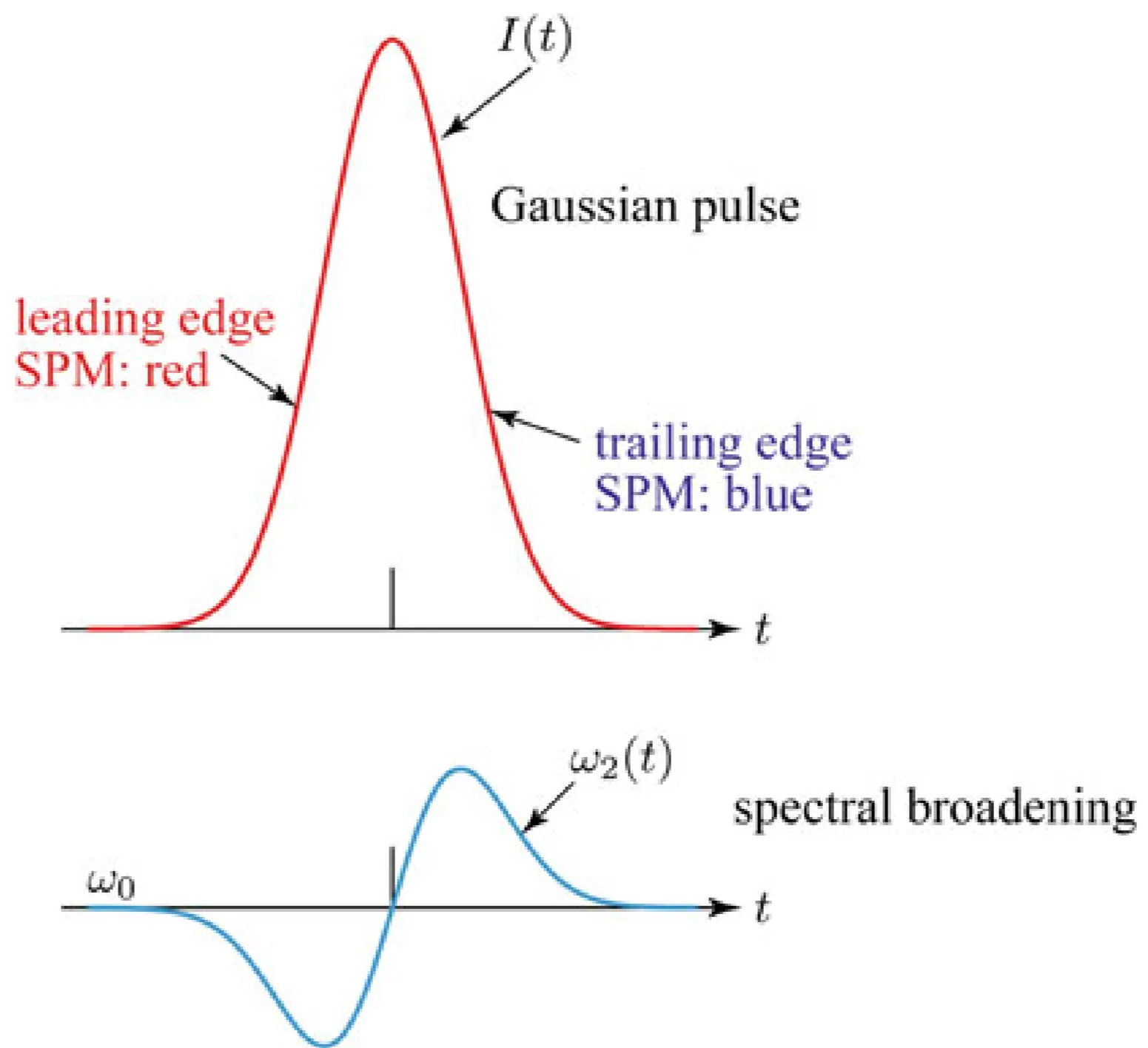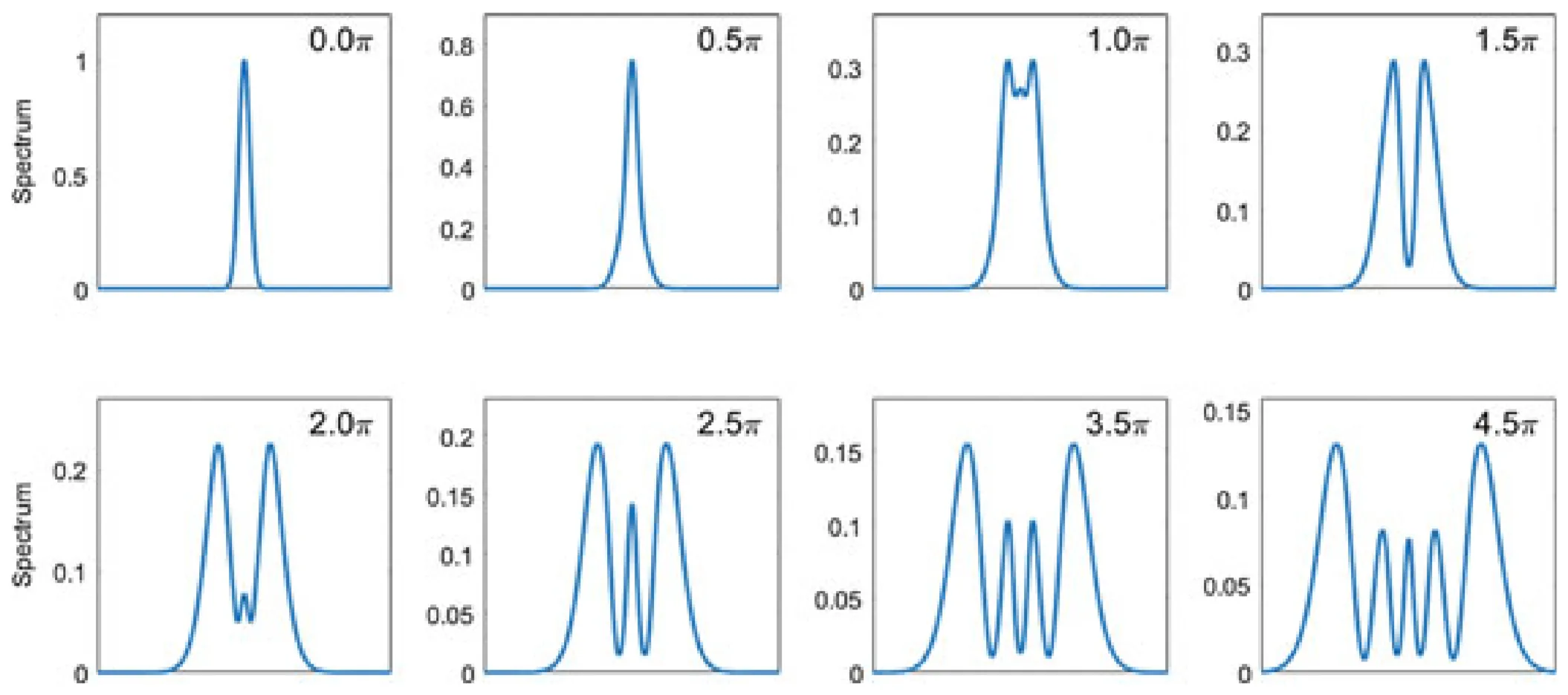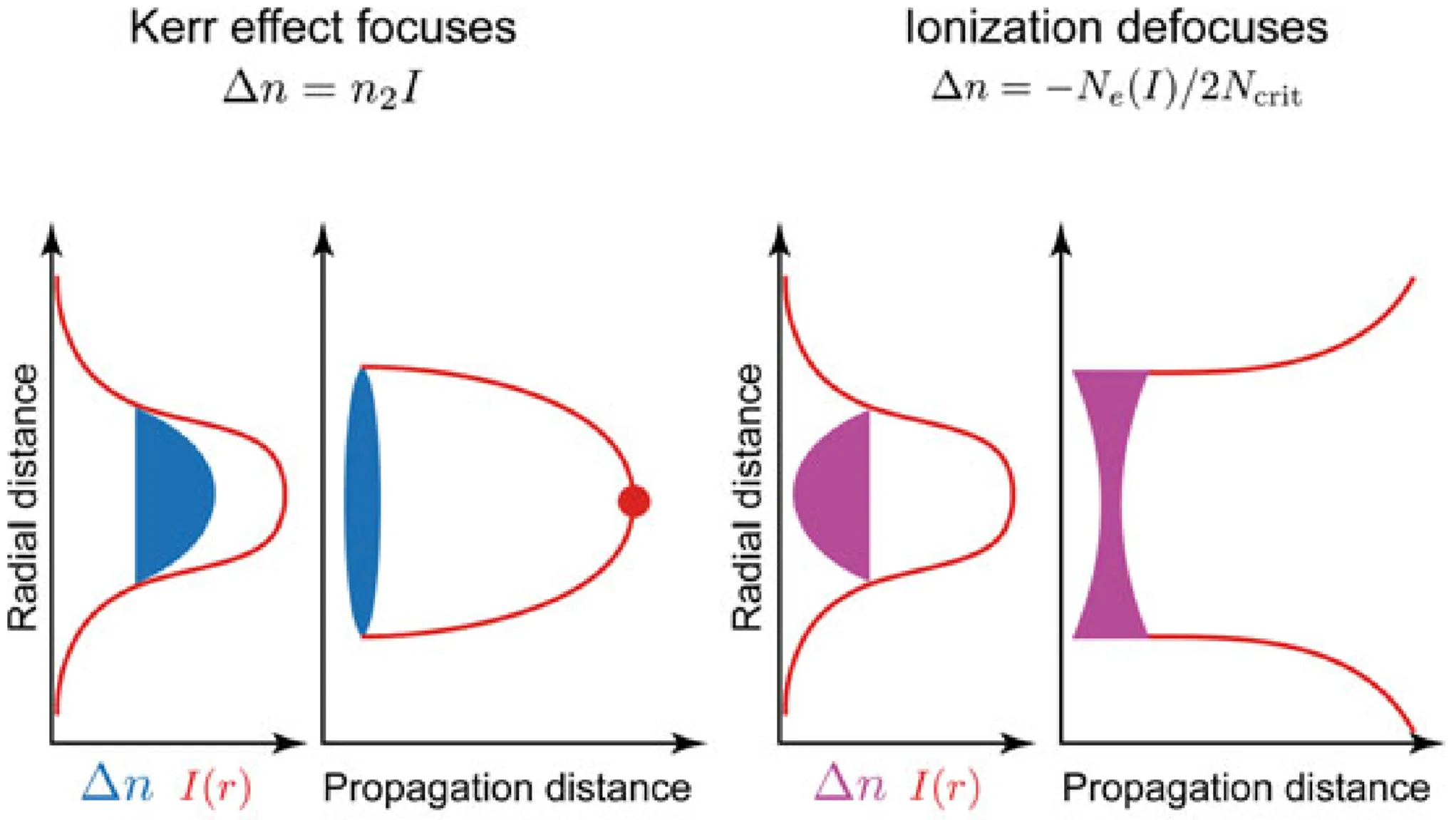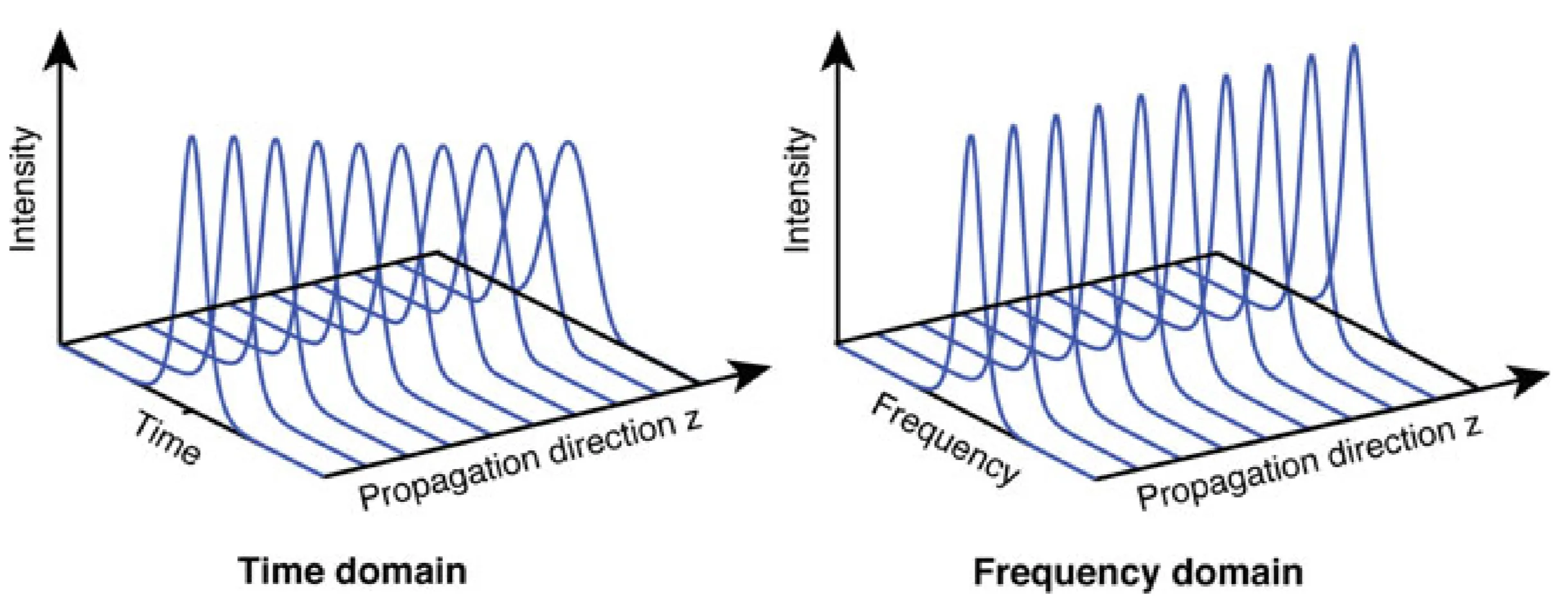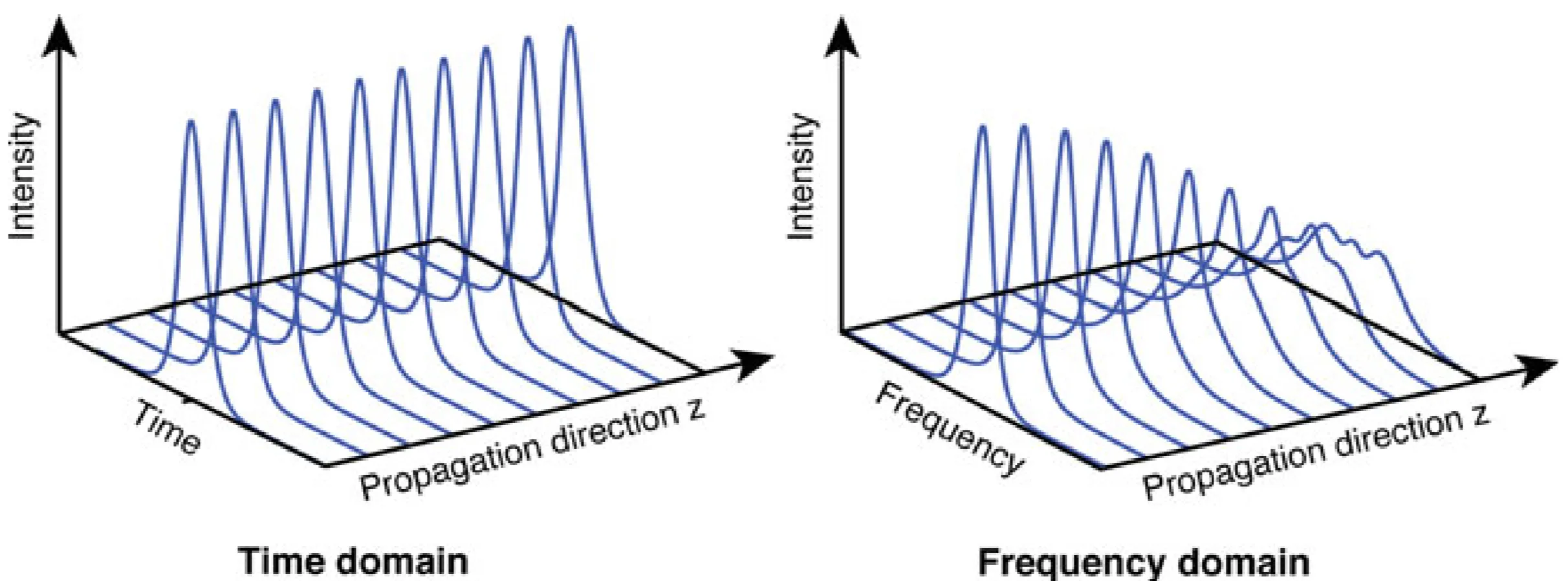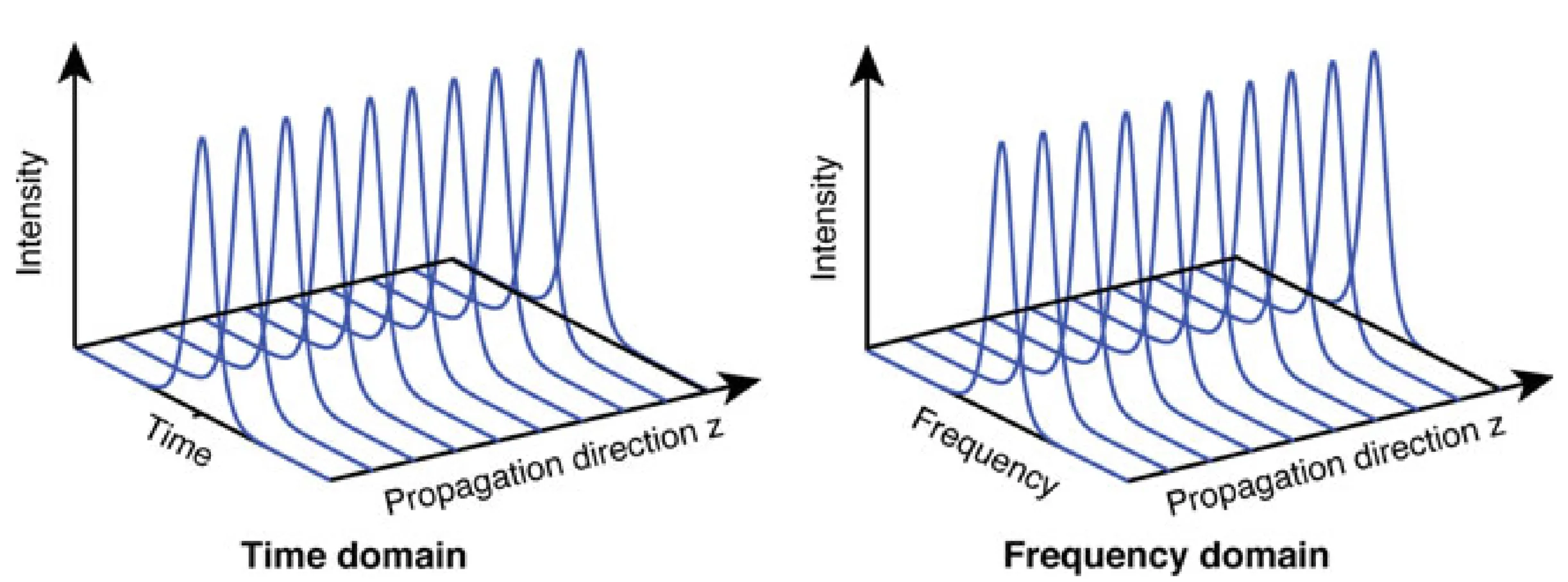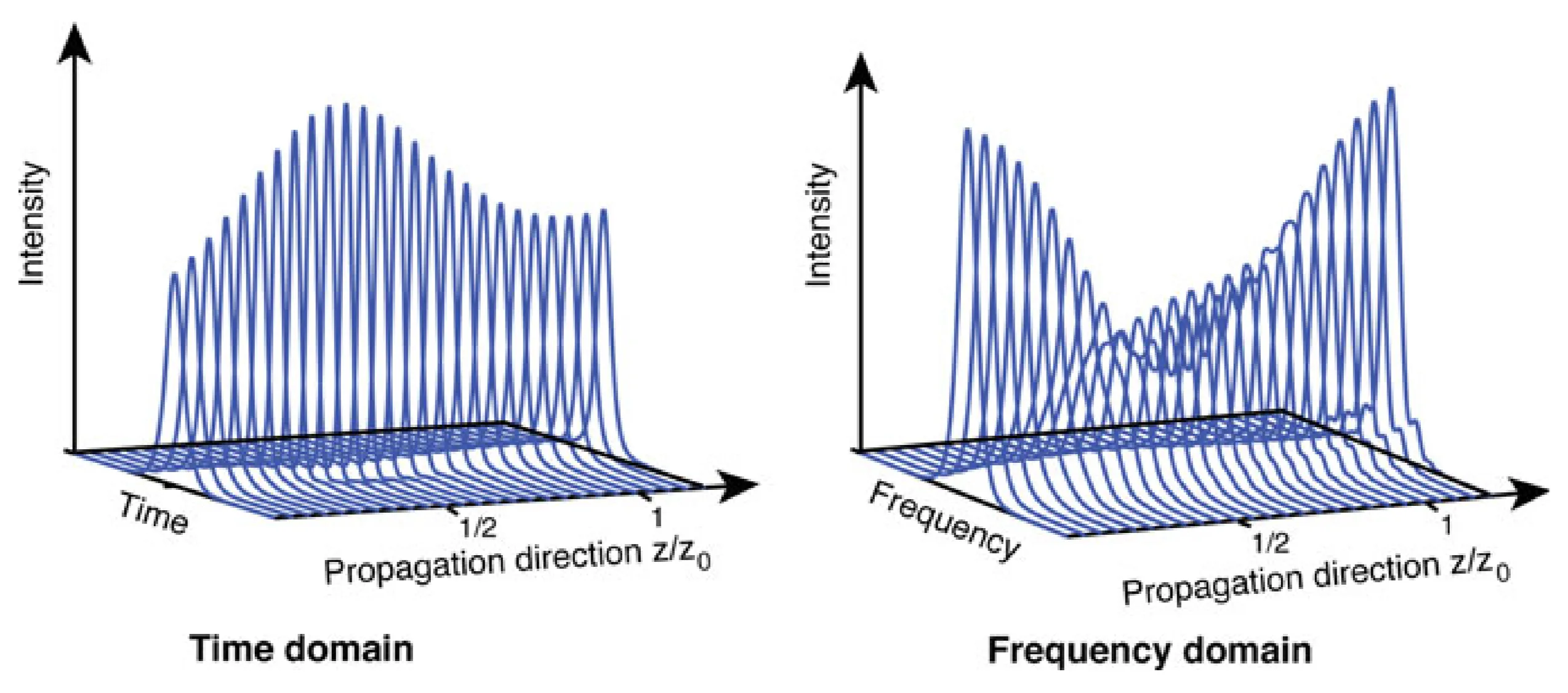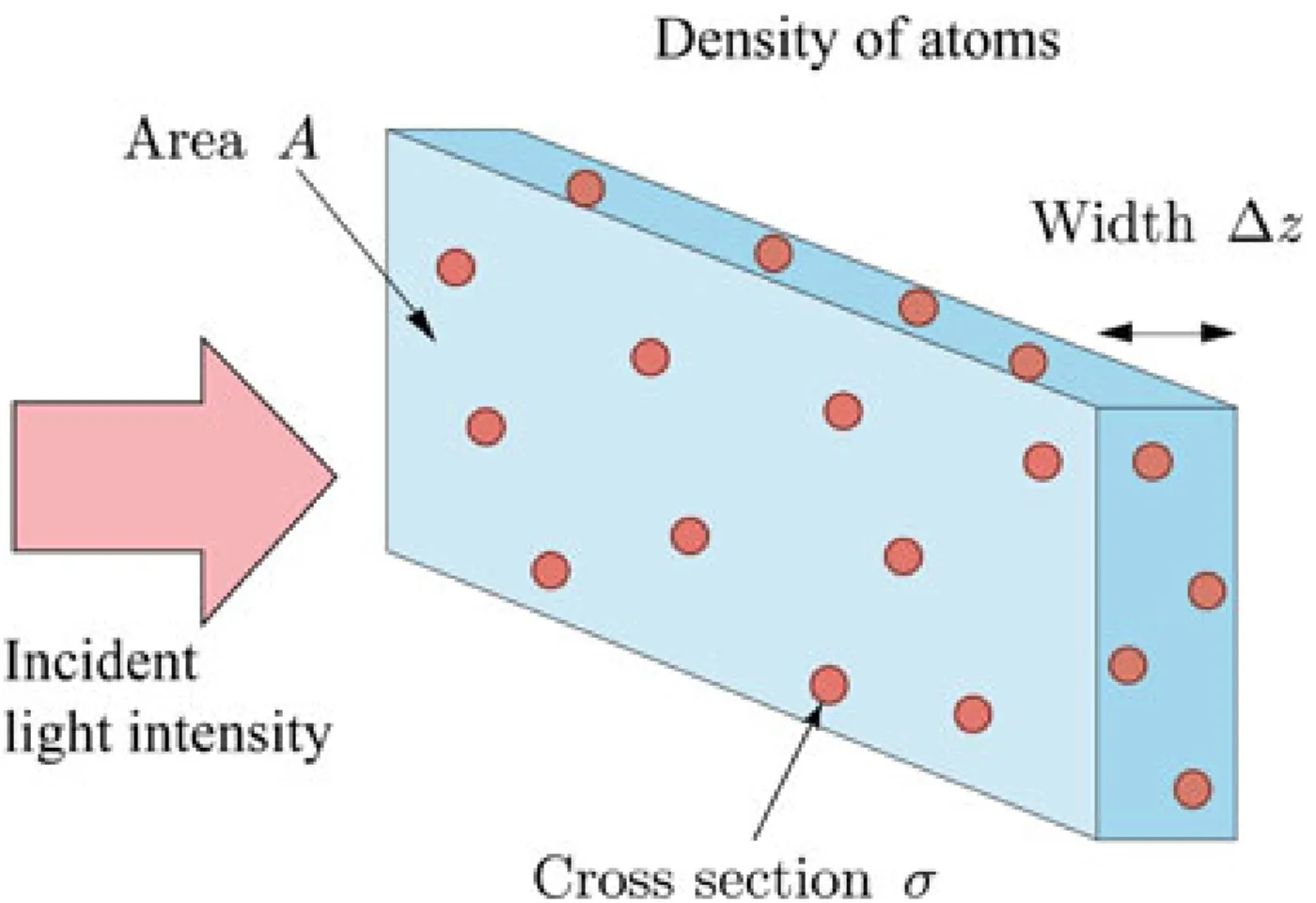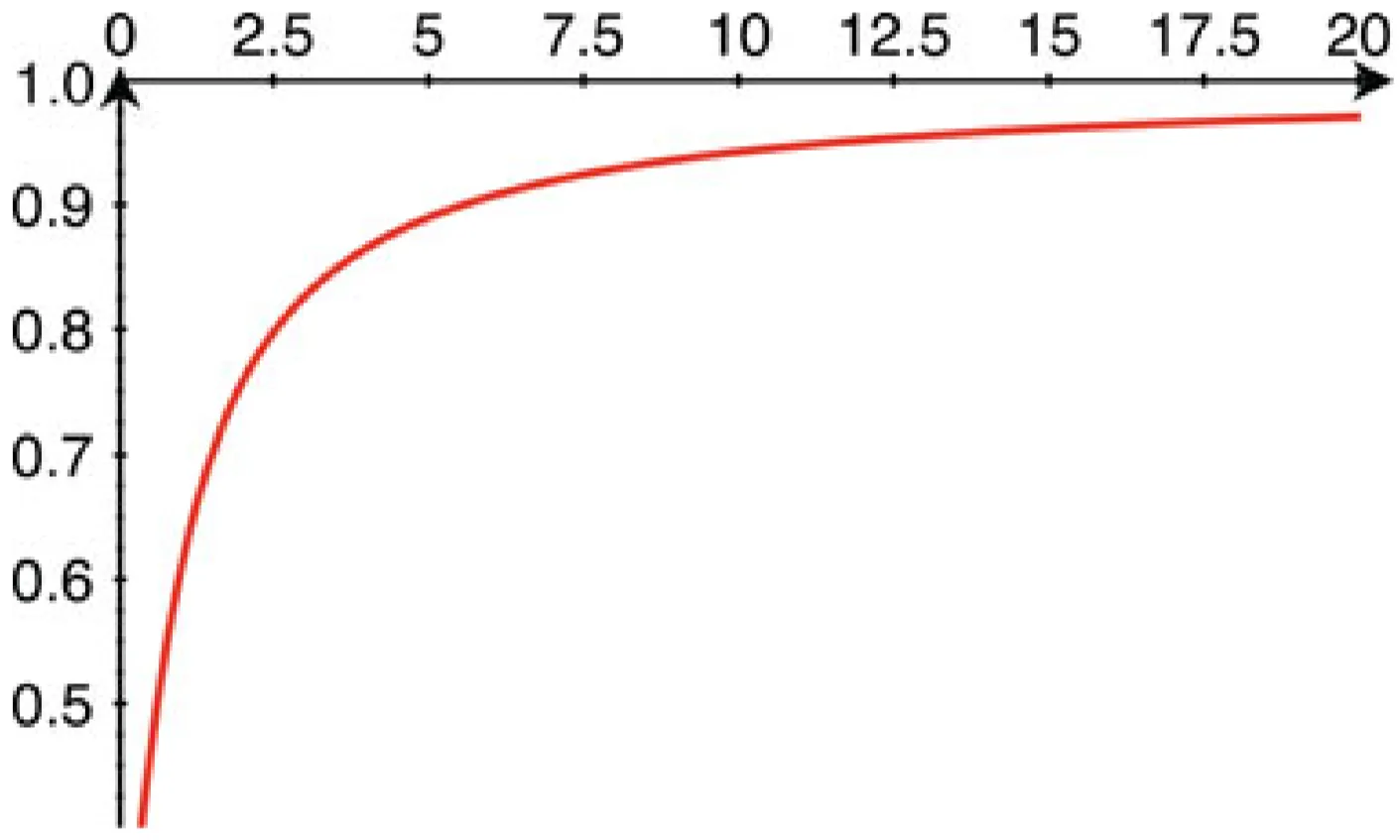Jump back to chapter selection.
Table of Contents
4.1 Kerr Effect and Self-Phase Modulation
4.2 Self-Focusing and Filamentation
4.3 Solitons - Nonlinear Schrödinger Equation
4.4 Self-Steepening
4.5 Nonlinear Propagation in a Saturable Absorber or Saturable Amplifier
4 Nonlinear Pulse Propagation
This chapter discusses nonlinear pulse propagation to the extent that it is relevant to ultrafast lasers. For another perspective on nonlinear optics, especially with a focus on magnetism, please read here.
4.1 Kerr Effect and Self-Phase Modulation
The intensity-dependent refractive index is given by:
where
For a laser beam with a constant beam area propagating through a Kerr medium of length
Let us redefine the nonlinear phase shift experienced by the pulse envelope as
where
The electric field after propagating through the Kerr medium can be written as:
where
The output envelope
SPM broadens the pulse spectrum because it introduces an instantaneous frequency shift. The total phase of the field can be written as
Assuming
At the leading edge of the pulse, intensity is rising, so
At the trailing edge of the pulse, intensity is falling, so
This is often described as "red before blue" on the pulse for positive
SPM-induced spectral broadening often leads to an oscillatory structure in the spectrum, particularly for strong SPM:
The number of oscillation peaks
where
4.1.1 Pulse Compression
Spectral broadening induced by SPM can be utilised to compress initially transform-limited pulses. A common method involves propagating a pulse through an optical fibre (where
If the fibre has positive group-delay dispersion (GDD) and
It is important to note that SPM typically introduces a chirp that is only approximately linear in the central, high-intensity region of the pulse. Only this quasi-linear part of the chirp can be effectively compensated by a standard compressor (which provides GDD, a quadratic spectral phase). The remaining uncompensated (non-linear) chirp and the modified spectral shape mean that the compressed pulse width may be broader than the minimum transform limit suggested by the broadened spectral width, and often introduces temporal wings or pedestals on the compressed pulse. This can degrade the quality (specifically, the peak power and contrast) of the compressed pulse.
4.2 Self-Focusing and Filamentation
Self-Focusing
Due to the Kerr effect (
For a sufficiently thin Kerr medium of length
where
This results in a parabolic refractive index variation transverse to the propagation direction:
where
where
To avoid catastrophic self-focusing and material damage in high-power laser systems, the accumulated nonlinear phase shift on-axis, quantified by the B-integral, should generally be kept below a critical value (typically
Filamentation
When the power of a laser beam exceeds a certain critical power
This interplay between Kerr self-focusing and plasma defocusing can lead to a dynamic balance, resulting in the formation of a filament: a long, narrow channel of high intensity that can propagate over distances much longer than the Rayleigh range of a normally diffracting beam. The high intensity within the filament broadens the pulse spectrum significantly via self-phase modulation (SPM), often to such an extent that a supercontinuum spanning much of the visible spectrum (white light) is emitted. This can transform an initially infrared laser pulse into a 'white-light laser' source within the filament.
The critical power for self-focusing in a bulk medium can be approximated as:
where
4.3 Solitons - Nonlinear Schrödinger Equation
A wave packet propagating through a linear dispersive medium will generally change its shape (disperse), as discussed in Chapter 2. This is a linear effect. However, if the medium also exhibits an intensity-dependent refractive index (Kerr effect), leading to self-phase modulation (SPM), these two effects—dispersion and SPM—can interact. For certain pulse shapes and under specific conditions, they may cancel each other out, allowing a pulse to propagate without changing its temporal shape. Such self-sustaining wave packets are known as solitons. The propagation of optical solitons in fibres is often described by the nonlinear Schrödinger equation (NSE).
Solitons are extremely important for the generation and propagation of ultrashort electromagnetic pulses, particularly in optical fibres. Consequently, they have been extensively studied for applications in optical communications, laser physics (fibre lasers), and nonlinear optics.
Optical solitons (specifically bright temporal solitons in fibres) are pulses for which the spectral broadening and chirp induced by SPM (due to positive
4.3.1 Derivation
First, recall the equation for the evolution of the pulse envelope's spectrum
where
Transforming back to the time domain (using
This describes pulse shaping due to GDD.
Now, we include the effect of SPM. The nonlinear phase shift accumulated over a small distance
This leads to
Combining the GDD and SPM contributions:
This is a common form of the nonlinear Schrödinger equation (NSE). The sign of the nonlinear term depends on the convention for
Standard form often uses
The NSE often written as:
So, if
We assumed
4.3.2 Solution of the NSE: The Fundamental Soliton
The interplay between GDD (
: Linear propagation. An initially transform-limited pulse broadens temporally due to GDD (positive or negative ), while its spectral width remains unchanged. The spectral phase changes. : No GDD, only SPM. A transform-limited pulse maintains its temporal intensity profile (if no other effects like self-steepening are present) but its spectrum broadens due to SPM. (normal GDD), : Positive SPM generates new lower frequencies (red-shifted) on the leading edge and higher frequencies (blue-shifted) on the trailing edge. Normal GDD means . Thus, red components at the leading edge advance further, while blue components at the trailing edge are further retarded. An initially transform-limited pulse broadens rapidly and develops a strong positive chirp. (anomalous GDD), : Positive SPM still generates red-shift on leading edge and blue-shift on trailing edge. However, anomalous GDD means . This tends to pull back the leading (red) edge and advance the trailing (blue) edge, counteracting the SPM-induced chirp. For specific pulse shapes and intensities, a balance can be achieved where the pulse propagates without changing its temporal or spectral shape: a soliton forms.
These cases are illustrated below, with the last figure showing soliton propagation:
The NSE admits soliton solutions. The fundamental (N=1) soliton has a temporal envelope shape:
where
The parameters are related by
The phase term
The pulse fluence
The soliton duration can be related to material parameters and pulse energy/fluence. A key feature is that the soliton's parameters (shape, duration, peak power) are fixed by the balance, and it propagates without distortion in an ideal lossless fibre.
The neglect of higher-order terms means this simplest soliton only balances GDD and SPM. For negative GDD (
4.3.3 Solution of the NSE: Higher-Order Solitons
For input pulse energies that are integer multiples of the fundamental soliton energy, higher-order solitons (N=2, 3, ...) can form. These are not simple superpositions but bound states of N fundamental solitons. Unlike the fundamental soliton, a higher-order soliton undergoes periodic changes in its temporal shape and spectrum during propagation:
The soliton period
Higher-order solitons can be used for pulse compression if the fibre length is chosen appropriately (e.g., a fraction of
4.3.4 Optical Communication with Solitons
Skipped for now.
4.3.5 Periodic Perturbations of Solitons
Periodic perturbations (like those from amplifiers in a long-haul communication system or periodic gain/loss in a laser cavity) can affect soliton stability. The perturbed NSE is:
where
If the perturbation
4.4 Self-Steepening
For ultrashort pulses (durations below approximately
(Note: signs for
The term
Self-steepening arises from the intensity dependence of the group velocity. It causes the peak of an intense pulse to travel slower than its wings (if
4.4.1 Optical Shock Front
Considering only self-steepening (no dispersion or Raman), the trailing edge of an intense pulse becomes progressively steeper with propagation distance
This can eventually lead to the formation of an optical shock, where the intensity drops abruptly. SPM-induced spectral broadening becomes asymmetric, typically more pronounced on the blue side (higher frequencies) due to the steepened trailing edge. The shock distance depends on pulse duration and intensity; for femtosecond pulses, it can be on the order of metres or less in some media. In practice, dispersion usually acts to regularise the shock front, preventing an infinitely steep edge from forming.
4.5 Nonlinear Propagation in a Saturable Absorber or Saturable Amplifier
This section introduces concepts fundamental for understanding passive mode-locking (covered in Chapter 8).
Consider a homogeneously broadened solid-state laser medium, describable as a two-level atomic system. The rate equations lead to a gain that saturates with increasing light intensity. The intensity-dependent gain coefficient
where
where
4.5.1 Saturable Absorber
A saturable absorber is a material whose absorption decreases with increasing light intensity. While many materials exhibit saturation at very high intensities, for laser applications (like passive mode-locking), materials are needed that saturate at intensities typical within laser cavities. Key parameters are:
- Operating wavelength range.
- Dynamic response time (recovery time).
- Saturation intensity
and saturation fluence .
For a simple two-level atomic system, the intensity absorption coefficient
where
4.5.2 Nonlinear Pulse Propagation in a Saturable Absorber or Amplifier
Since absorption/gain is intensity-dependent, pulse propagation becomes nonlinear. For a CW beam, the intensity transmission
For
If absorption/amplification were purely linear (
These intensity-dependent changes in gain/absorption are also accompanied by intensity-dependent changes in the refractive index, via the Kramers-Kronig relations.
